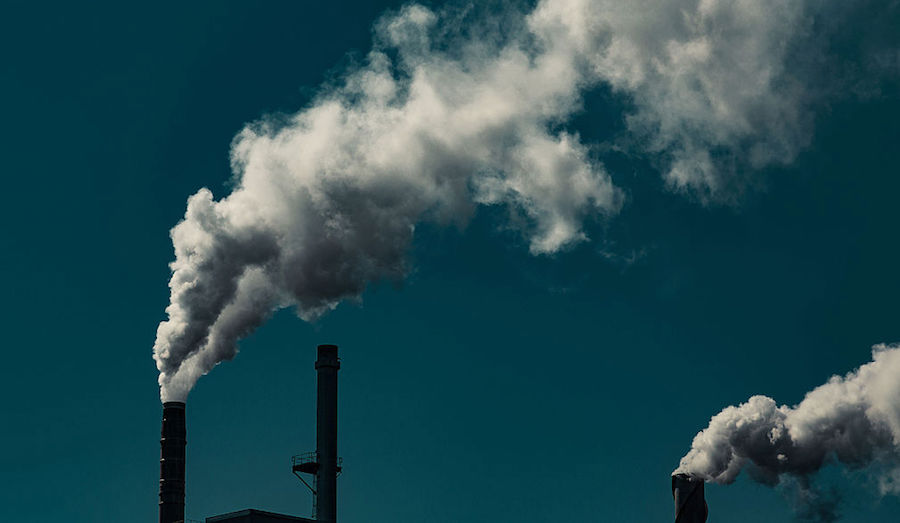Canada fails environmental test

A resource-dependent economy has its price, and in Canada’s case, it means a poor report card for protecting the environment.
On Earth Day last week, the Conference Board of Canada graded the country a ‘D’ for its environmental performance, placing it 14th of 16 countries surveyed. Only the United and Australia got worse grades in the organization’s first How Canada Performs: Environment Report Card, which used nine indicators to cover performance in three categories: climate change, air pollution, and freshwater management.
While some of Canada’s poor grades can be explained by our large land mass, cold climate and resource-intensive economy, the results clearly indicate that the environmental challenges are significant and we have a long way to go towards improving our comparative environmental performance.
“Canada ranks near or at the bottom on most of the nine indicators we used to assess environmental performance. While some of Canada’s poor grades can be explained by our large land mass, cold climate and resource-intensive economy, the results clearly indicate that the environmental challenges are significant and we have a long way to go towards improving our comparative environmental performance,” said Louis Theriault, vice-president, public policy. “These results show that Canada needs to encourage more sustainable consumption. Protecting the environment from damage is not a problem for tomorrow but a challenge for today.”
Highlights of the report:
- With 20.7 tonnes of CO2 equivalent emissions per capita, Canada’s GHG emissions are very high compared to its peers; only the U.S. and Australia fare worse.
- Ontario is the top-ranked province scoring a “B” and ranking 11th overall.
- Saskatchewan, Alberta, Newfoundland and Labrador, Nova Scotia, and New Brunswick all receive “D–” grades and are at the bottom of the international ranking.
Image of the Irving Oil refinery smokestacks by Tony Webster
{{ commodity.name }}
{{ post.title }}
{{ post.date }}


Comments